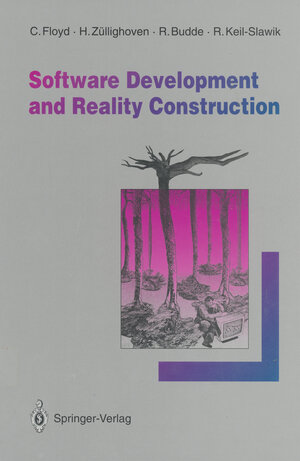
×
![Buchcover ISBN 9783642768170]()
Software Development and Reality Construction
illustriert von C. Weiler-Kühn, herausgegeben von Christiane Floyd, Heinz Züllighoven, Reinhard Budde und Reinhard Keil-SlawikThe present book is based on the conference Software Development and Reality Construction held at SchloB Eringerfeld in Germany, September 25 - 30, 1988. This was organized by the Technical University of Berlin (TUB) in cooperation with the German National Research Center for Computer Science (GMD), Sankt Augustin, and sponsored by the Volkswagen Foundation whose financial support we gratefully acknowledge. The conference was an interdisciplinary scientific and cultural event aimed at promoting discussion on the nature of computer science as a scientific discipline and on the theoretical foundations and systemic practice required for human-oriented system design. In keeping with the conversational style of the conference, the book comprises a series of individual contributions, arranged so as to form a coherent whole. Some authors reflect on their practice in computer science and system design. Others start from approaches developed in the humanities and the social sciences for understanding human learning and creativity, individual and cooperative work, and the interrelation between technology and organizations. Thus, each contribution makes its specific point and can be read on its own merit. But, at the same time, it takes its place as a chapter in the book, along with all the other contributions, to give what seemed to us a meaningful overall line of argumentation. This required careful editorial coordination, and we are grateful to all the authors for bearing with us throughout the slow genesis of the book and for complying with our requests for extensive revision of some of the manuscripts.



